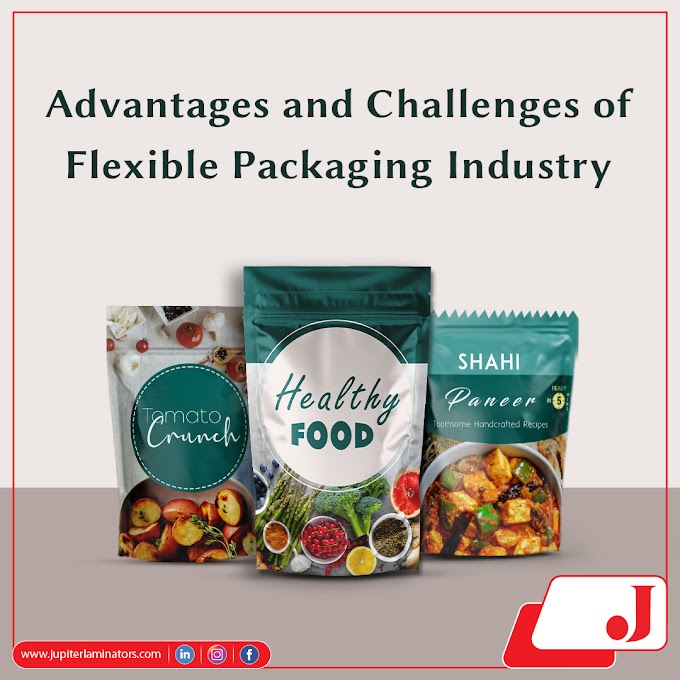With an average annual increase rate
of 3%, flexiblepackaging has been slowly absorbing the market; it’s
replacing traditional packaging types like jars, cans, and boxes. The
greatest factor is the consumer preference for convenience. The lightweight and
ease of use quality of flexible
packaging is converting consumers right and left; in turn, it makes
more companies to shift to flexible packaging for their products. A close second when
it comes to reasons consumers prefer flexible packaging is the sustainability. As
more and more people view products and processes through “green” lenses, it
becomes crucial for businesses to care about the environment. The higher
percentage of carbon footprint can sometimes in turn to shift your consumers to
go with another brand.
Stand-up Pouches: Because of sensible disapproval and client convenience,
stand-up pouches are among the most popular flexible packaging styles. As a result,
stand-up pouches are estimated to contribute the most to the total flexible packaging
market.
High Demand for Versatile Packaging: The rise of this product
is projected as a result of the increasing demand
from numerous end-user industries such as food and beverages,
healthcare, beauty/cosmetics, household products, and others.
There are many reasons,
besides client convenience, that makers in today’s
market are change to flexible packaging for his
or her products:
· Less waste
· Lower consumption of raw
materials
· Requirement of
less cupboard space
· Ease of transportation
· Excellent barrier
properties
Brand Style on Packaging: With rigid packaging, you
pay extra for labels, which often come from a different supplier than the
packaging itself. Flexible packaging typically includes
printing whereas solely marginally increasing the price;
it additionally releases a
good vary of style choices and also
the ability to alter if necessary.
Barriers: A huge
advantage versatile packaging has over rigid packaging is that
the ability to good barriers to
suit anyone product’s desires. Wines, juices, and milk require a
barrier that won’t allow oxygen through to preserve freshness and
increase time period. However, bottles created from PET, glass,
or multi-layer paperboard laminates provide a barrier for all
products whether or not or not it's needed.
A flexible package is
often created with barrier properties appropriate for the
particular desires of various merchandise. As an example, flexible packaging
can associate with barriers that shield from moisture or aroma, like
a glass bottle would. Aluminum foil has been widely used because
the ultimate flexible barrier material, however its
properties will be compromised that affects the contents.
Recent versatile packaging developments (i.e. stand-up pouches)
combat this issue. Foil can fracture when creased, inflicting pinholes which
permit element water and light-weight to enter.
New, versatile materials have been developed as a
replacement that's powerful, even in thin layers and doesn’t
share those same vulnerabilities.
Packaging Vogue Variation: Packaging made from flexible
plastic films allows room for creativity. Flexible packaging companies offers stand-up
pouches, flat pouches, side-gusset bags, and customizable shapes and contours
to ensure packaging that best suits the product and brand. The
extra selections in options like spouts, resealable
zippers, and easy-tear options make it stress-free to cater to the
wants of your products and also the needs of your consumers.




0 Comments